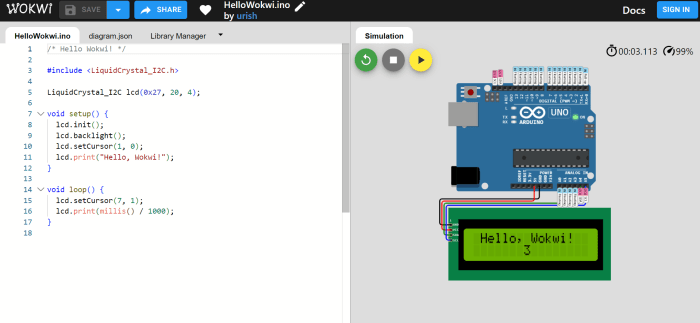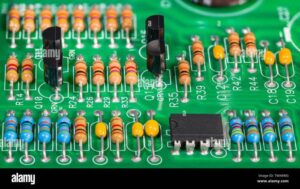Arduino and Raspberry Pi are two of the most popular platforms in the world of DIY electronics and programming. Each offers unique features that cater to different types of projects and users. Arduino is primarily a microcontroller board that excels in tasks involving real-time control and sensor integration, making it ideal for projects that require precise timing and interaction with the physical world. In contrast, Raspberry Pi is a fully-fledged single-board computer, capable of running a full operating system, which allows it to handle more complex computations and multimedia tasks.
Both platforms have found their niches in various applications. Arduino is commonly used in robotics, home automation, and environmental monitoring, while Raspberry Pi is favored for projects that involve media streaming, web servers, and even gaming. The evolution of these platforms dates back to the early 2000s, with Arduino emerging from a need for a simple interface to create interactive objects and Raspberry Pi being developed to promote computer science education and provide an affordable computing solution to users worldwide.
Comparison of Arduino and Raspberry Pi Components
Understanding the components that make up Arduino and Raspberry Pi boards is crucial when selecting the right platform for a project. Arduino boards typically include a microcontroller, digital and analog input/output pins, and a USB interface for programming. The main components of an Arduino board, such as the ATmega328 microcontroller, allow for direct control of hardware, while various shields enable the addition of functionalities like GPS, Wi-Fi, or motor control.
On the other hand, Raspberry Pi features a more complex set of components, including a powerful ARM processor, HDMI output, USB ports, and Ethernet connectivity. The essential components of a Raspberry Pi, such as its GPU for video processing and GPIO pins for external hardware interaction, allow for extensive applications in multimedia and Internet of Things (IoT) projects. Both platforms have a wide range of compatible sensors and modules; however, while most sensors work seamlessly with Arduino, Raspberry Pi requires additional libraries and configuration for certain components.
Purchasing Guide for Arduino and Raspberry Pi Components
When it comes to purchasing components for Arduino and Raspberry Pi, choosing reliable online retailers is essential. Some of the most trustworthy platforms include:
- Adafruit
- Digi-Key
- SparkFun
- Amazon
- eBay
When selecting components for projects, several criteria should be taken into consideration. The first is compatibility; ensuring that the component can work with your chosen platform is crucial. Next, evaluate the specifications, such as voltage requirements and processing speed, as these will affect the performance of your project. Additionally, reading user reviews can provide insights into the reliability and performance of the components before purchasing.
Setting Up Your Arduino and Raspberry Pi
Setting up an Arduino board involves several straightforward steps. First, download and install the Arduino Integrated Development Environment (IDE) on your computer. Connect your Arduino board via USB and select the appropriate board type and port in the IDE. Finally, upload a sample sketch, such as the “Blink” example, to confirm that everything is functioning correctly.
The installation process for Raspberry Pi is slightly more complex as it requires setting up the operating system. Start by downloading the Raspberry Pi OS onto an SD card using a tool like Balena Etcher. Insert the SD card into the Raspberry Pi, connect peripherals like a keyboard, mouse, and monitor, and power it on. Follow the on-screen instructions to complete the setup process. Essential tools and accessories for both platforms include breadboards, jumper wires, and power supplies.




